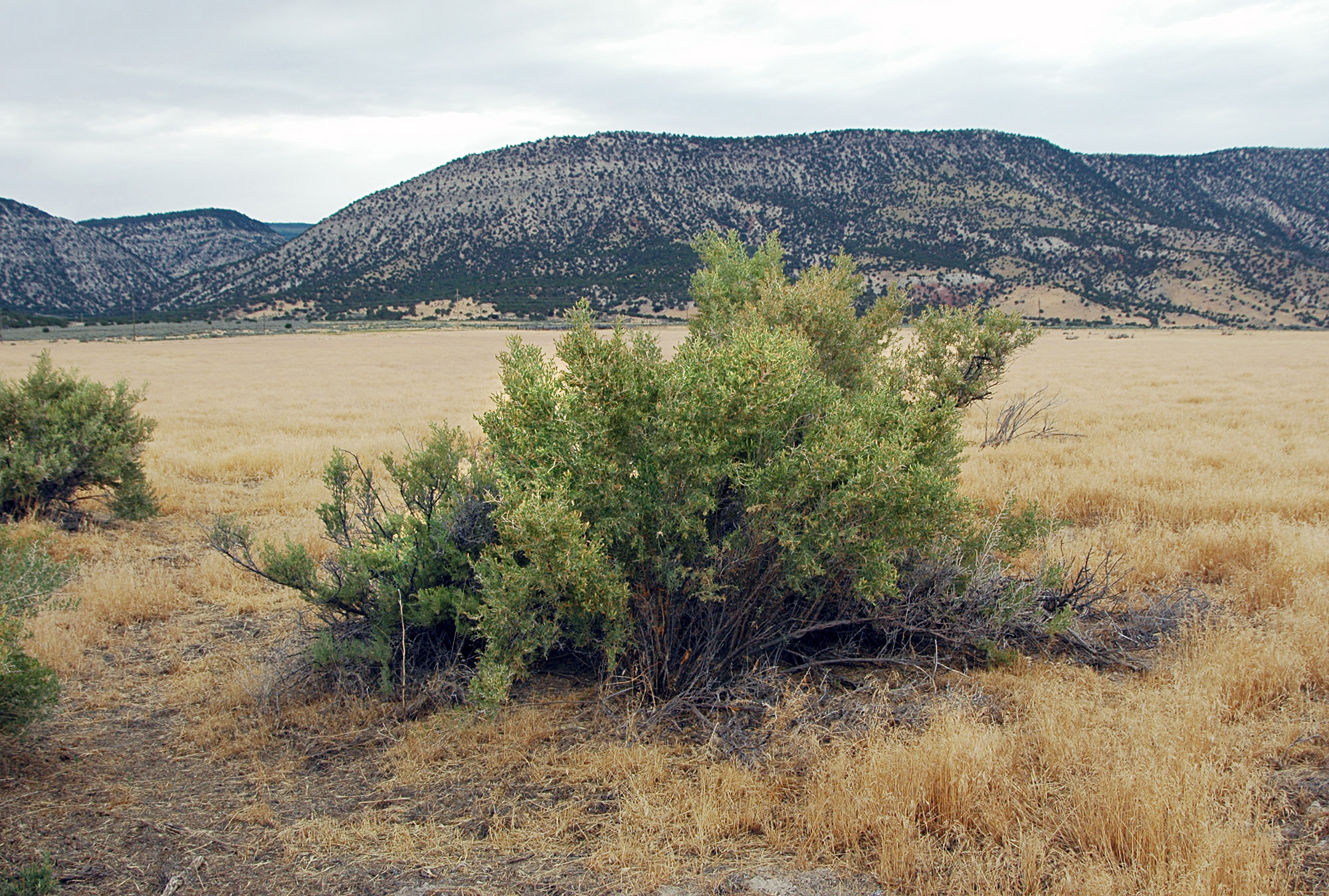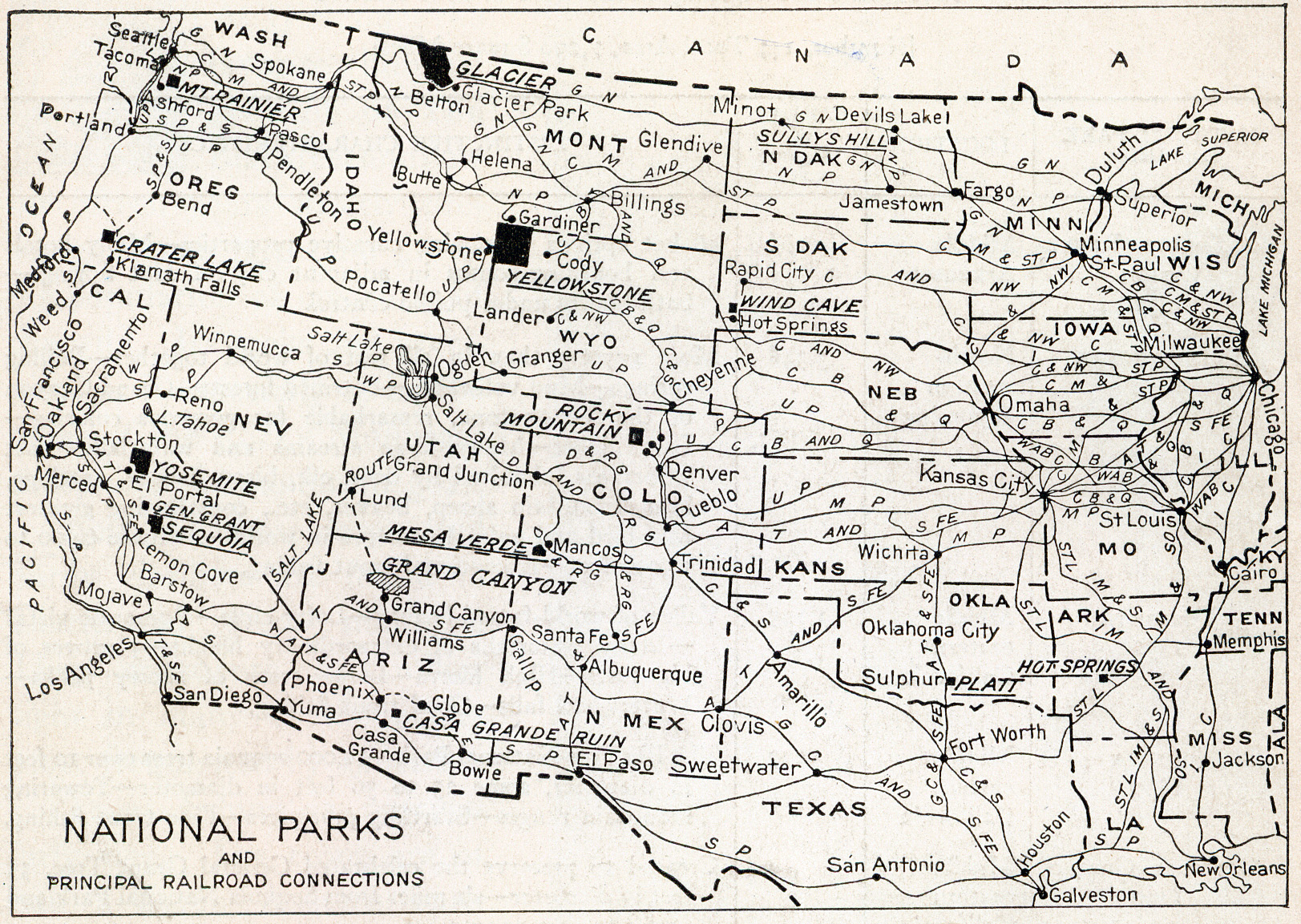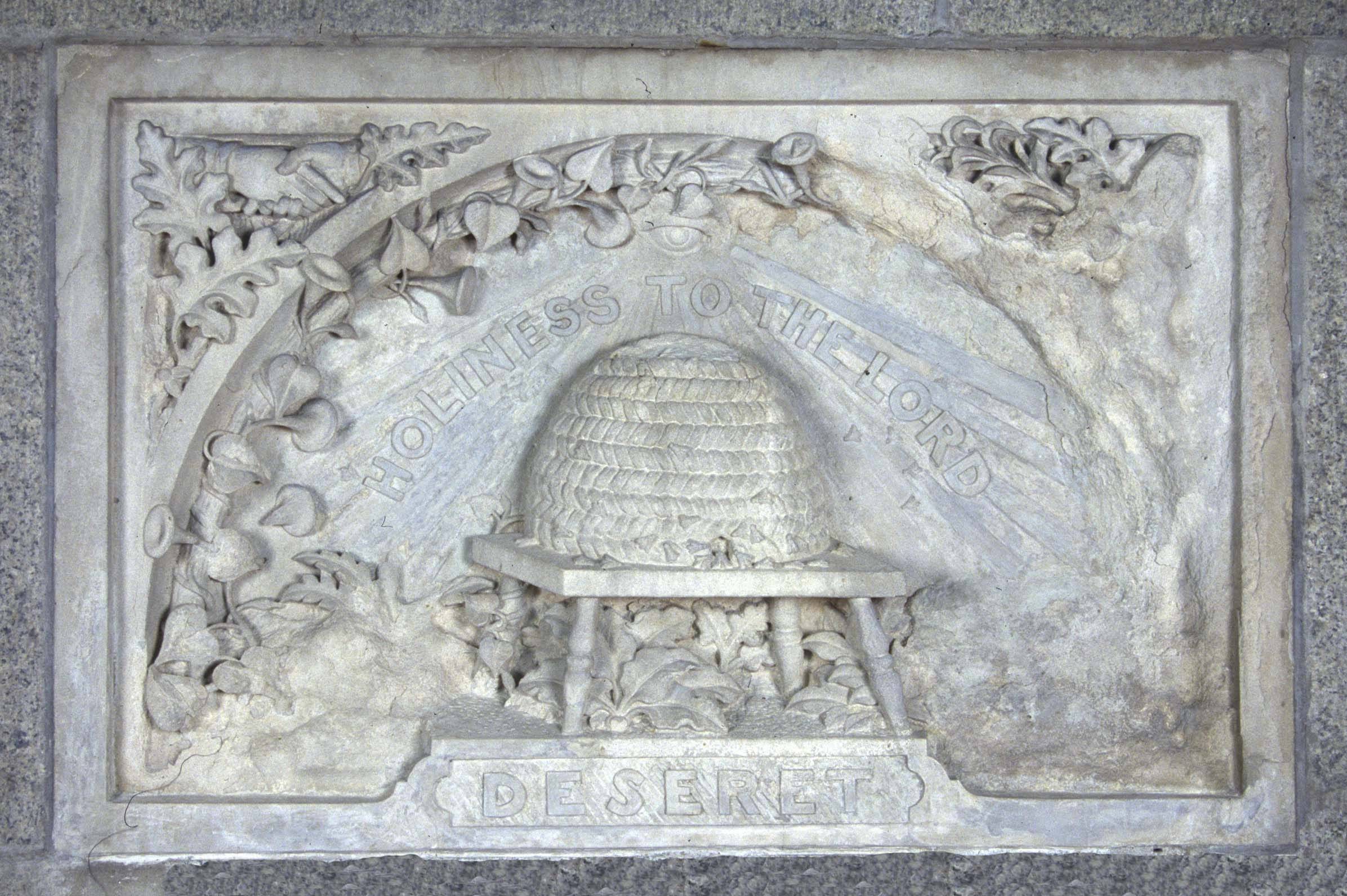|
Sanpete County, Utah
Sanpete County ( ) is a county in the U.S. state of Utah. As of the 2020 United States census, the population was 28,437. Its county seat is Manti, and its largest city is Ephraim. The county was created in 1850. History The Sanpete Valley may have been traversed or inhabited as long as 32,000 BP by small bands of hunters. This habitation may have continued for about 20,000 years when the extinction of larger game animals forced a change. About 8,500 years ago, different groups (characterized by use of atlatls, millstones and textiles) came onto the scene. These also departed the area about 2,500 years ago, for unknown reasons, after which the area does not seem to have been visited by humans for 1,500 years. Archeological evidence indicates that the Fremont people appeared next on the stage (from about 1-1300 CE), the first inhabitants of the area to domesticate crops and create relatively large communal settlements. In this county, the best-known Fremont site to date is "W ... [...More Info...] [...Related Items...] OR: [Wikipedia] [Google] [Baidu] |
Sanpitch (Ute Chief)
Sanpitch (killed April 18, 1866) was a leader of the Timpanog, Sanpits tribe of Native Americans in the United States, Native Americans who lived in what is now the Sanpete Valley, before and during settlement by Mormon immigrants. The Sanpits are generally considered to be part of the Timpanog, Timpanogos or Utah Indians He was the brother of famed Walkara, Chief Walkara and the father of Antonga Black Hawk, Black Hawk, for whom the Black Hawk War (Utah), Black Hawk War in Utah (1865–72) is named. In 1850, after measles from newly arrived Mormon settlers decimated their tribes, Walkara and Chief Sanpitch asked the Mormons to come to the Sanpete Valley to teach the band to farm, though this was met with little enthusiasm. In March 1866, as a ploy suggested by Brigham Young to bring Black Hawk to the bargaining table, the elderly Chief Sanpitch was taken into custody and incarcerated in the jail in Manti, Utah, Manti. A month later, while he and other jailed Indians were escaping ... [...More Info...] [...Related Items...] OR: [Wikipedia] [Google] [Baidu] |
Mormon Pioneers
The Mormon pioneers were members of the Church of Jesus Christ of Latter-day Saints (LDS Church), also known as Latter-day Saints, who Human migration, migrated beginning in the mid-1840s until the late-1860s across the United States from the Midwestern United States, Midwest to the Salt Lake Valley in what is today the U.S. state of Utah. At the time of the planning of the exodus in 1846, the territory comprising present-day Utah was part of the History of Mexico#First Republic, Republic of Mexico, with which the U.S. soon went to Mexican–American War, war over a border dispute left unresolved after the Texas annexation, annexation of Texas. The Salt Lake Valley became American territory as a result of the Treaty of Guadalupe Hidalgo, which ended the war. The journey was taken by about 70,000 people, beginning with advance parties sent out by church leaders in March 1846 after the 1844 Death of Joseph Smith, death of the church's leader Joseph Smith made it clear that the gr ... [...More Info...] [...Related Items...] OR: [Wikipedia] [Google] [Baidu] |
San Pitch Mountains
The San Pitch Mountains are a longUtah, DeLorme Atlas & Gazetteer, p. 34-35. mountain range located in Juab and Sanpete counties in central Utah, United States.} __TOC__ Description The range's southwest lies adjacent a north-flowing stretch of the Sevier River, as it transitions north, northwest, west, and then southwest into the Sevier Desert. The river traverses around the adjacent mountain ranges of the Valley and Canyon Mountains. The range is north-south trending and located between the Juab Valley west and the Sanpete Valley east. Yuba State Park is in the south of Juab Valley and borders the range's southwest, on the Sevier River. The San Pitch Mountains are the location of Maple Canyon, which along with adjoining Box Canyon is an internationally famous rock climbing area, due to the composition of the rock walls being a conglomerate, with hundreds of routes of widely varying difficulty. Mountain peaks The highpoint of the range is Salt Creek Peak, , located ... [...More Info...] [...Related Items...] OR: [Wikipedia] [Google] [Baidu] |
Wasatch Plateau
The Wasatch Plateau is a plateau located southeast of the southernmost part of the Wasatch Range in central Utah. It is a part of the Colorado Plateau. Geography The plateau has an elevation of and includes an area of . Its highest point is South Tent Mountain, with an elevation of . The plateau is roughly bordered by the Spanish Fork Canyon to the north, the Price Canyon to the northeast, the Castle Valley (Carbon, Emery, and Sevier counties, Utah), Castle Valley to the east and southeast, Interstate 70 in Utah, Interstate 70 to the south, the Plateau Valley (Utah), Plateau Valley and the Sevier Plateau to the southwest, and the Sanpete Valley to the northwest. The majority of the plateau is within the boundaries of the Manti–La Sal National Forest and is managed by the United States Forest Service. See also References External links Plateaus of Utah Landforms of Carbon County, Utah Landforms of Sanpete County, Utah Landforms of Utah County, Utah Manti-La Sal Na ... [...More Info...] [...Related Items...] OR: [Wikipedia] [Google] [Baidu] |
National Park Service
The National Park Service (NPS) is an List of federal agencies in the United States, agency of the Federal government of the United States, United States federal government, within the US Department of the Interior. The service manages all List of national parks of the United States, national parks; most National monument (United States), national monuments; and other natural, historical, and recreational properties, with various title designations. The United States Congress created the agency on August 25, 1916, through the National Park Service Organic Act. Its headquarters is in Washington, D.C., within the main headquarters of the Department of the Interior. The NPS employs about 20,000 people in units covering over in List of states and territories of the United States, all 50 states, the District of Columbia, and Territories of the United States, US territories. In 2019, the service had more than 279,000 volunteers. The agency is charged with preserving the ecological a ... [...More Info...] [...Related Items...] OR: [Wikipedia] [Google] [Baidu] |
National Register Of Historic Places
The National Register of Historic Places (NRHP) is the Federal government of the United States, United States federal government's official United States National Register of Historic Places listings, list of sites, buildings, structures, Historic districts in the United States, districts, and objects deemed worthy of Historic preservation, preservation for their historical significance or "great artistic value". The enactment of the National Historic Preservation Act (NHPA) in 1966 established the National Register and the process for adding properties to it. Of the more than one and a half million properties on the National Register, 95,000 are listed individually. The remainder are contributing property, contributing resources within historic district (United States), historic districts. For the most of its history, the National Register has been administered by the National Park Service (NPS), an agency within the United States Department of the Interior. Its goals are to ... [...More Info...] [...Related Items...] OR: [Wikipedia] [Google] [Baidu] |
Works Project Administration
The Works Progress Administration (WPA; from 1935 to 1939, then known as the Work Projects Administration from 1939 to 1943) was an American New Deal agency that employed millions of jobseekers (mostly men who were not formally educated) to carry out public works projects, including the construction of public buildings and roads. It was set up on May 6, 1935, by presidential order, as a key part of the Second New Deal. The WPA's first appropriation in 1935 was $4.9 billion (about $15 per person in the U.S., around 6.7 percent of the 1935 GDP). Headed by Harry Hopkins, the WPA supplied paid jobs to the unemployed during the Great Depression in the United States, while building up the public infrastructure of the US, such as parks, schools, and roads. Most of the jobs were in construction, building more than of streets and over 10,000 bridges, in addition to many airports and much housing. In 1942, the WPA played a key role in both building and staffing internment camps ... [...More Info...] [...Related Items...] OR: [Wikipedia] [Google] [Baidu] |
Schoenoplectus Acutus
''Schoenoplectus acutus'' ( syn. ''Scirpus acutus, Schoenoplectus lacustris, Scirpus lacustris'' subsp. ''acutus''), called tule , common tule, hardstem tule, tule rush, hardstem bulrush, or viscid bulrush, is a giant species of sedge in the plant family Cyperaceae, native to freshwater marshes all over North America. The common name derives from the Nāhuatl word ''tōllin'' , and it was first recognized by the early Spanish explorers and missionaries in New Spain who saw the marsh plants in the Central Valley of California as similar to those in the marshes around Mexico City being used to construct shelters by the indigenous inhabitants. Description ''Schoenoplectus acutus'' has a thick, rounded green stem growing to tall, with long, grasslike leaves, and radially symmetrical, clustered, pale brownish flowers. Taxonomy The two varieties are: *''Schoenoplectus acutus'' var. ''acutus'' – northern and eastern North America *''Schoenoplectus acutus'' var. ''occid ... [...More Info...] [...Related Items...] OR: [Wikipedia] [Google] [Baidu] |
William Bright
William Oliver Bright (August 13, 1928 – October 15, 2006) was an American linguist and toponymist who specialized in Native American and South Asian languages and descriptive linguistics. Biography Bright earned a bachelor's degree in linguistics in 1949 and a doctorate in the same field in 1955, both from the University of California, Berkeley. He was a professor of linguistics and anthropology at UCLA from 1959 to 1988. He then moved to the University of Colorado at Boulder, where he remained on the faculty until his death. Bright was an authority on the native languages and cultures of California, and was especially known for his work on Karuk, a Native American language from northwestern California. His study of the language was the first carried out under the auspices of the Survey of California and Other Indian Languages. He was made an honorary member of the Karuk tribe—the first outsider to be so honored—in recognition of his efforts to document and preserv ... [...More Info...] [...Related Items...] OR: [Wikipedia] [Google] [Baidu] |
Ute Tribe
Ute () are an Indigenous people of the Great Basin and Colorado Plateau in present-day Utah, western Colorado, and northern New Mexico.Pritkzer''A Native American Encyclopedia'' p. 242 Historically, their territory also included parts of Wyoming, eastern Nevada, and Arizona. Their Ute dialect is a Colorado River Numic language, part of the Uto-Aztecan language family Historically, the Utes belonged to almost a dozen nomadic bands, who came together for ceremonies and trade. They also traded with neighboring tribes, including Pueblo peoples. The Ute had settled in the Four Corners region by 1500 CE. The Utes' first contact with Europeans was with the Spanish in the 18th century. The Utes had already acquired horses from neighboring tribes by the late 17th century. They had limited direct contact with the Spanish but participated in regional trade. Sustained contact with Euro-Americans began in 1847 with the arrival of the Mormons to the American West and the gold rushes o ... [...More Info...] [...Related Items...] OR: [Wikipedia] [Google] [Baidu] |
State Of Deseret
The State of Deseret (modern pronunciation , contemporaneously , as recorded in the Deseret alphabet spelling 𐐔𐐯𐑅𐐨𐑉𐐯𐐻) was a proposed U.S. state, state of the United States promoted by leaders of the Church of Jesus Christ of Latter-day Saints who had founded settlements in what is today the state of Utah. A provisional state government operated for nearly two years in 1849–50, but was never recognized by the United States government. The name Deseret is derived from the Deseret (Book of Mormon), word for "honeybee" in the Book of Mormon. History Proposed concept as territory, then state When members of the Church of Jesus Christ of Latter-Day Saints (the Mormon pioneers) settled in the Salt Lake Valley near the Great Salt Lake in 1847 (then part of the Centralist Republic of Mexico), they wished to establish a government that would be recognized by the United States. Initially, second LDS President of the Church (LDS Church), Church president Brigha ... [...More Info...] [...Related Items...] OR: [Wikipedia] [Google] [Baidu] |








